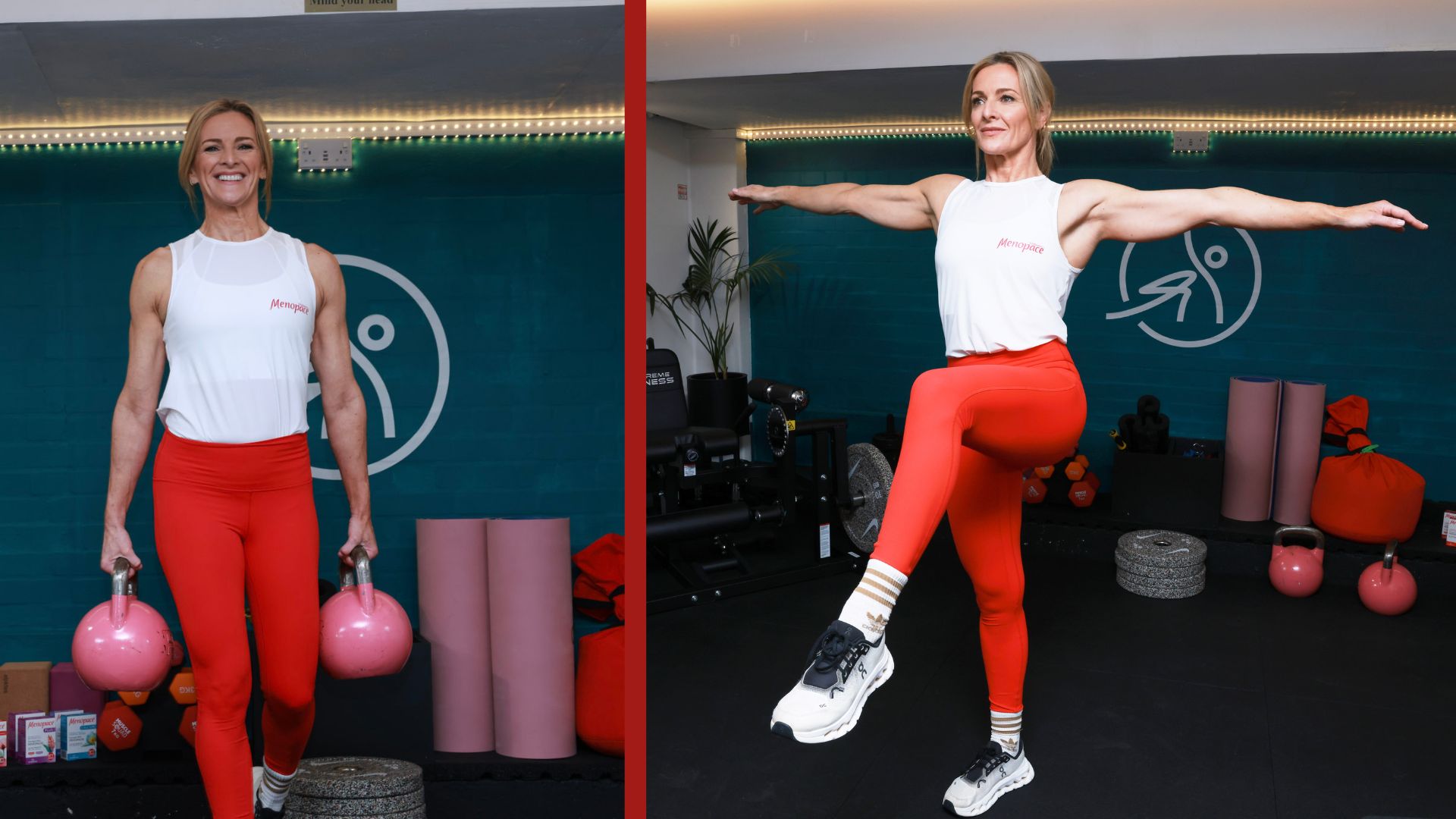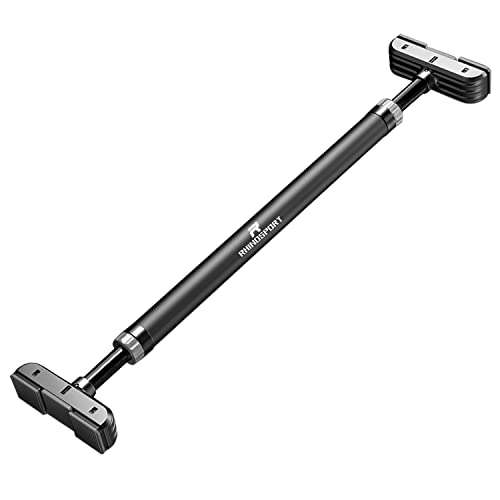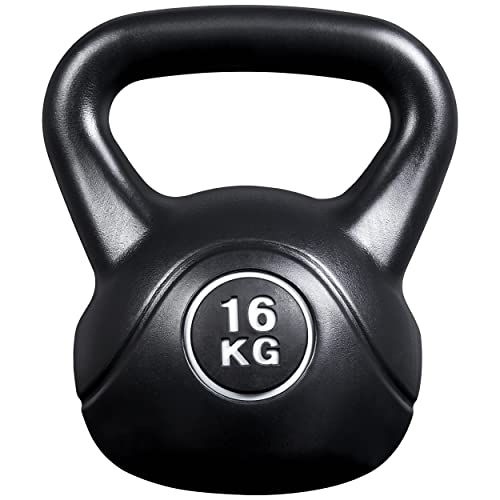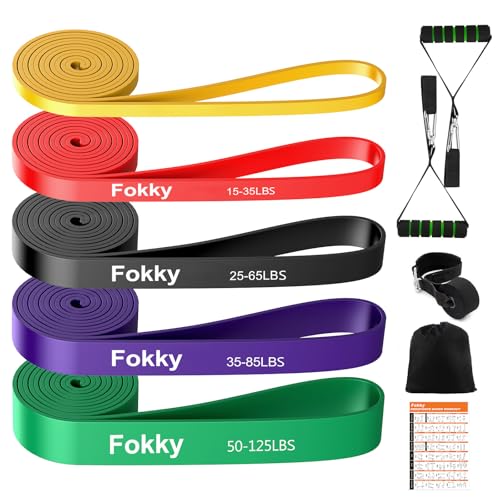Gabby Logan's menopause workout can help you boost strength and balance - here's how to do it
We know that strength training is essential in menopause - but how do you know if you're strong enough? Try this workout to find out

Thankfully, as menopause becomes spoken about more openly, we're learning more about what our bodies need during this time. The one topic that comes up repeatedly is strength training for women - lifting weights, doing weighted Pilates, or a bodyweight workout, for example.
Such exercises help build bone density, which naturally reduces as we lose oestrogen's protection with age. When our bones and joints are stronger, we can prevent osteoporosis, increase muscle mass, improve our balance, and boost our mood.
But how strong do you need to be? Gabby Logan, one of the biggest names in British television and sports presenting, has the answer. Together with expert personal trainer Annie Murray and Menopace by Vitabiotics, she has created a menopause workout and strength test to help you find out.
What is the strength test?
The Menopace Strength Test consists of nine exercises, focusing on grip, strength, endurance, stability and aerobic fitness. They can be done at home with minimal equipment or at the gym with weights, depending on your experience with the exercises.
Annie and Gabby say the test is something you can use to discover whether you need to improve your strength. Then, when you have the score, you can use the workout to improve your strength. The easier the exercises feel, the stronger you're getting.
"It’s so important for women to feel empowered during menopause and prioritise health and wellbeing to embrace this new chapter with confidence," says Gabby. "Strength training has been a game-changer for me, and for building my confidence. It’s not just about physical fitness; it’s about reclaiming energy, resilience, and self-belief."
Menopace Strength Test
How does it work?
- Note down the weight that you used and the distance you carried it (e.g. 15kg in each hand for 30 seconds) and whether you had to pause midway through.
- To progress, make your weight heavier (but no more than 10% per week) or increase the time that you hold it for.
- Do the workout two to three times a week, so you can track your progress.
- These exercises are part of an ongoing strength routine – not just a one-off test.
How to score your results
- Below 60% bodyweight: Needs improvement
- 60%: Baseline
- 75%: Advanced
- 85%: Exceptional
Strength test exercises
1. Dead hang
A dead hang is a grip and shoulder endurance test that you’ll need a pull-up bar for.
Sign up to our free daily email for the latest royal and entertainment news, interesting opinion, expert advice on styling and beauty trends, and no-nonsense guides to the health and wellness questions you want answered.
Here's how to do it:
- Stand under a pull-up bar at the gym or at home, feet shoulder-width apart.
- Raise your arms directly over your head and jump up, grabbing the bar with both hands.
- Stabilise your body so you don't swing by bringing your shoulder blades back and down and engaging your core.
- Aim to hang for 20 to 45 seconds, but up to 60 seconds.
If you don't have a pull-up bar available, you can switch this exercise for a suitcase hold, which uses a heavy household item or kettlebells instead. Hold the weight (about 60% of your body weight) by your side for 60 seconds on each arm.
2. Farmer's carry
A farmer's carry is another grip and core strength test. Use dumbbells or kettlebells for this exercise and aim for about 60% of your bodyweight, the experts suggest.
No weights to hand? The experts recommend using shopping bags or water jugs at home.
How to do a farmer's carry:
- Hold a weight in each hand and stand tall.
- Keep your core braced with your shoulders back and down.
- With short, controlled steps, walk forward for 20 to 30 meters, or for 30 to 45 seconds.
- Make sure your posture stays upright with your eyes forward.
- Keep the weights by your sides to stop them swinging.
3. Wall sit
If you've ever done a wall Pilates session, you'll be familiar with this exercise. A wall sit is much like a squat, but you have support behind you to challenge your strength rather than your balance.
This is a great one for lower-body endurance, so aim for 20 to 60 seconds, up to a maximum of 90 seconds.
How to do a wall sit:
- Stand with your back flat against a wall and your knees shoulder-width apart.
- Step out in front and slide your back down the wall, bending your knees to a 90-degree angle.
- It should look like you're doing a squat or sitting back on a chair.
- Keep your feet flat on the floor and your ankles directly above your knees.
- Aim to stay in this position for at least 20 seconds.
4. Single leg balance
The single-leg balance is one of the glute exercises that works the same muscles as a squat. Gabby and Annie recommend this one for the menopause workout as it's a great balance and stability test.
How to do a single-leg balance:
- Stand with your feet shoulder-width apart, hands on your hips.
- Lift one leg off the floor and bend at the knee.
- Aim to hold the single leg balance for 30 seconds with your eyes open, then 6 seconds with your eyes closed.
5. Push-ups
Learning how to do a push-up is a great way to boost your upper body strength as it targets your shoulders, arms, chest, and back. For this workout, however, you can also do them down on your knees or on an incline to make them easier if you can't manage a full press-up yet.
Gabby and Annie recommend going for as many repetitions as you can in a minute. If you can manage seven to 14, that's "a good standard for women in their 50s", they say.
How to do a press-up:
- Come down into the plank position, making sure that your shoulders, elbows, and wrists are stacked over each other.
- Brace your core and bring your shoulders back and down.
- Slowly bring your chest down towards your mat, stopping a couple of inches away from the floor.
- Push back up, and repeat the exercise as many times as you can in one minute.
- If you need to, bring your knees to floor to make the exercise easier.
6. Sit-ups
Sit-ups are a classic core exercise for good reason. They are in the menopause workout as they'll help you discover your core strength and endurance levels, but with practice, this exercise can also help boost your core strength.
Gabby and Annie recommend aiming for 20 to 30 sit-ups in one minute. If you can do this number, then you have "strong core endurance", they say.
Here's how to do a sit-up:
- Lie back with your knees bent and your feet placed flat on the floor.
- Put your hands behind your head and brace your core.
- Squeeze your abs and lift your upper body towards your knees.
- Once at the top, slowly lower yourself back down to the starting position.
7. Pull-up or rows
A pull-up is a difficult exercise, even if you've been training for years. So, if you can't manage a pull-up (even with a resistance band), the experts recommend switching this exercise out for a bent-over row.
If you want to give it a go, here's a reminder on how to do a pull-up:
- Hold that same pull-up bar used for the dead hangs, bringing your hands slightly wider than shoulder-width apart.
- Hang with your arms fully extended.
- Exhale, pull up with your body until your chin is over the bar.
- Inhale, lower yourself back down to the starting position.
- To make this easier, you can pull a resistance band around your feet and loop it over the bar at the top. This will support you in the hardest part of the movement.
- If you can do one repetition, that's more than the average for women 50 to 59 in the UK.
8. Bench press
The bench press (also called the chest press) is normally done with dumbbells or a barbell in the gym, lying flat on your back on a bench.
When choosing a weight, try to aim for 45 to 70% of your bodyweight, the experts say, and go for as many repetitions as you can.
If you don't have them to hand, use water bottles instead - or try a press-up on your knees with a weighted vest.
How to do a bench press:
- Lie back on a bench with two dumbbells (or a barbell) positioned in line with the bottom strap of your sports bra.
- Make sure your hands are positioned wider than your shoulders, with your elbows turned in slightly.
- Brace your core and push your upper back into the bench.
- Lower your weights slowly.
- When they come in line with your chest, push back up to the starting position.
9. Gait test
If you're looking for a simple 30-second ageing test, try a gait test. This is one such example that you can do on the treadmill at the gym or when you're out on a walk as part of the menopause workout.
To do it, simply walk on a treadmill for 14 to 15 minutes or run for 8 to 11 minutes.
If you can't do that, then you need to work on your cardiovascular fitness.
Always consult with a qualified healthcare professional before beginning any exercise program. The information provided is for general educational purposes only and is not a substitute for medical advice, diagnosis, or treatment.

Kat Storr has been a digital journalist for over 15 years after starting her career at Sky News, where she covered everything from world events to royal babies and celebrity deaths. After going freelance eight years ago, she now focuses on women's health and fitness content, writing across a range of UK publications.
From perimenopause to the latest fitness trends, Kat loves researching and writing about it all. She's happy to give any fitness challenge a go and speaks to experts about wellbeing issues affecting people every day.
You must confirm your public display name before commenting
Please logout and then login again, you will then be prompted to enter your display name.



